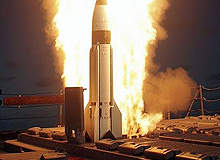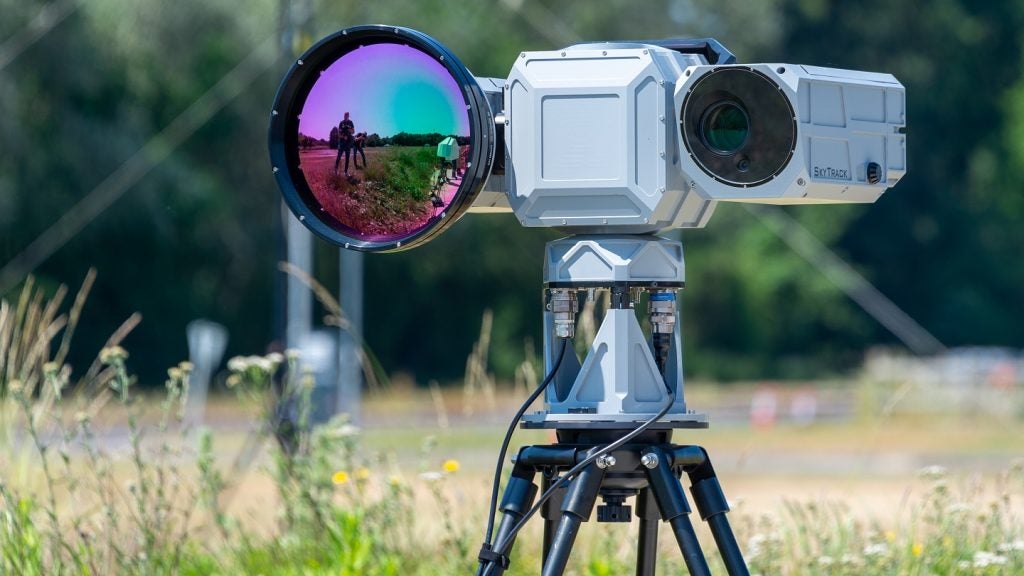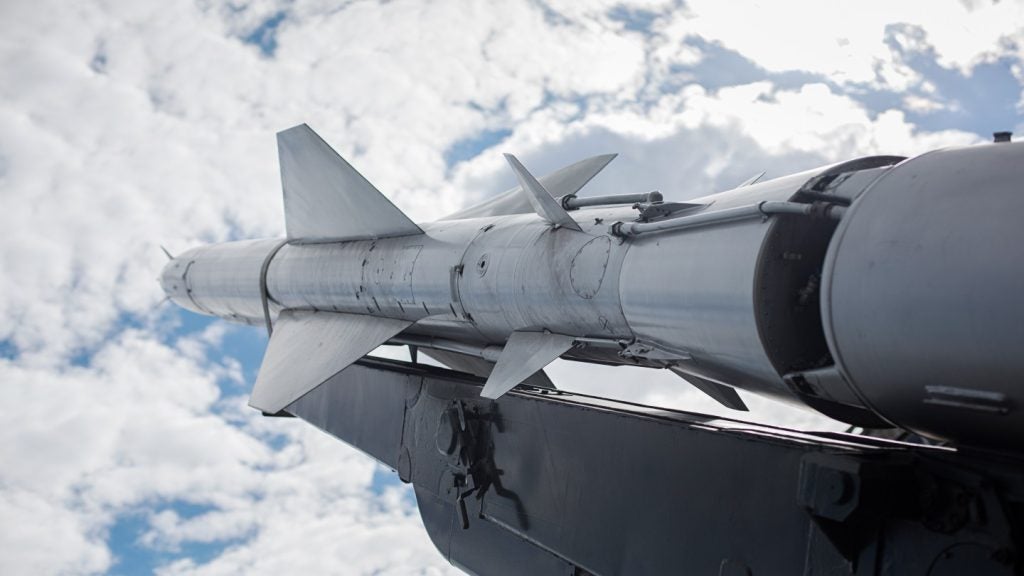
Missile defence has been on Nato’s agenda, and particularly that of the US, since the Reagan era and the “Star Wars” strategic defence initiative. The Bush administration evolved a plan to protect member nations with a series of radar detection and missile launch sites established throughout Europe on a bilateral basis with each hosting country. More recently, the Obama administration has ushered in a plan based around mutual cooperation.
Despite the more collaborative approach, the size and international spread of resources requires not just technological innovation but also careful political negotiation to bring it together.
Two experts from UK military think tank the Royal United Services Institute (RUSI) have made it their mission to bring together stakeholders representing industry, the military, government and academia through a series of conferences exploring the subject. Professor Michael Codner is the director of military services at RUSI, leading the institutes’ broad research interest on missile defence. Avnish Patel is the senior project executive at the institute, has been running the missile defence conference for about five years, and has written a number of articles on Nato strategic concepts and missile defence cooperation with Russia.
US leadership
Patel has no doubt about which party is leading the missile shield initiative. “The US is main driving force behind it,” he says. “While the idea is that the shield will be funded by all 28 members of Nato, the US is the programme leader and main source of finance.”
The original plan under the Bush administration was to place interceptor sites and radar bases in the Czech Republic and Poland through bilateral agreements. The new Obama idea is more cooperative within Nato and with external partners. Romania recently signed an agreement to host launch sites.
See Also:
Codner explains: “During the Bush period, the third site – for which the Czech Republic and Poland were candidates – was going to be decided through bilateral arrangements and to some extent worked against Nato initiatives, which at the time were based around over-theatre missile defence for expeditionary operations.”
How well do you really know your competitors?
Access the most comprehensive Company Profiles on the market, powered by GlobalData. Save hours of research. Gain competitive edge.

Thank you!
Your download email will arrive shortly
Not ready to buy yet? Download a free sample
We are confident about the unique quality of our Company Profiles. However, we want you to make the most beneficial decision for your business, so we offer a free sample that you can download by submitting the below form
By GlobalDataThe Obama initiative is designed to be far more flexible, incorporating the USS Monterey, which carries the Aegis combat system, forming the first maritime component and land-based defence capable of being moved.
“These aren’t mobile in the sense that they run around on vehicles, but they can be moved very easily from one nation to another,” says Codner.
The shape of the eventual system depends to a certain extent on the fact that the US is leading and funding the initiative. “Most Nato partners have some specific interest in funding missile defence, but some are doing very little except offering territory. The UK is offering Fylingdales [RAF radar base and part of the US-controlled ballistic missile early warning system (BMEWS)] but not the missiles themselves.”
Phased approach
With maritime defence in place, the next phase will see the Romanian site operational with land-based Raytheon and Aerojet-built RIM-161 Standard missile 3 (SM-3) missiles by 2015.
The final phase will be put in place in 2020, when the newest version of the missile capable of intercepting intercontinental ballistic missiles (ICBM) will be in service. This will raise the capability of the shield from defending against short-to-medium-range missiles to long-range ballistic missile attack.
In addition to this technology-driven phased approach, there is a strategic reason behind it. “In terms of overall strategic reasons, the initial phases will counter the Iranian short-intermediate-range missile threat from Shahab-3 missiles,” says Patel.
However, Codner explains that one of the key elements is flexibility. “The immediate threat may be Iranian, but in 20 years’ time it could be any number of attacks against the US and Europe,” he says. The phased adaptive approach focusing on the SM-3 missiles and the maritime and mobile components allows for that flexibility to protect against a new threat.”
Equally important as the missile systems is the network of radar detection systems that identify an incoming threat.
These range from the Aegis cruisers that carry their own radar systems and the long-range radar detection battery at Fylingdales to space-based assets. Critically, this information is shared between Nato members to provide a global picture.
Codner says, “This is where the Nato-specific element comes into its own by integrating information from a variety of sources and feeding back the fused information to the individual systems so they can then be used effectively in whatever stage of missile defence is necessary.”
Layered system
Missile defence is a layered system with different stages at which a threat can be engaged. As a missile takes off it is difficult to target as it is accelerating rapidly and at an acute angle. It is easiest to target in mid course – as it comes back down a missile is not only a fast-moving target but presents a very high risk.
“Once you’re into the atmosphere the debris starts to become a big problem,” says Codner. “If you break up a nuclear missile its component parts scatter over the country below, which may not be the target country but the one next door, which presents a big political issue for Europe.”
Russia working with Nato
Politically, Russia feels much more able to work with Nato on the missile defence shield under current plans than previous initiatives.
“I think even with the Romanian decision, there were still grumblings with Russia seeking US legal guarantees that the Romanian site is not undercutting the Russian deterrent, but again this argument was put forward with the old Bush third site plan as well,” says Patel.
“With the adoption of the new strategic concepts, Nato has demonstrated that it wants meaningful cooperation with Russia. That has been reciprocated with aggressive rhetoric in public from Russia, but behind the scenes a lot of work has been put in to bring about meaningful cooperation.”
Part of Russia’s unease may be down to the fact that some Eastern European Nato members still see Russia as a problem.
“When the Poles and the Czechs offered up sites for missiles it would have been in the front of their minds that they get some protection from Russia,” says Codner. “Russian politics are still very much internally focused and if it looks to the Russian man in the street like Nato is building up a great defence, whether against Russia or not, this undermines the government’s authority. Though the new system is very much more comfortable for Russia, it doesn’t mean that the average Russian will appreciate it.”
The new deal to locate sites in Romania over Poland and the Czech Republic holds more than a political advantage. Being further south, Romania is on the route to Europe from Iran, and the mobility of the new system means it can easily be re-aimed if the threat source changes.
Driving force
The driving force behind adopting the missile defence system and ensuring international negotiations go smoothly is Nato secretary-general Key Anders Fogh Rasmussen.
“Since he took charge, he’s linked its adoption to cooperation with Russia as a general themes,” says Patel.
“One of the problems with these big defence projects, including air and missile defence, is that nations are broadly happy to sign up to these things, but not to commit themselves to anything in particular,” says Codner. “The only commitment is contributing to Nato funding. The strategic concept was very significant in that respect, as was the secretary-general’s character. There’s a safe pair of hands in Rasmussen.”
Active contribution
Though the US has led this initiative to assemble the Nato missile defence shield and drive negotiations between member states, there may come a time when other countries need to contribute more actively.
“The issue is at what stage the UK Government would seriously consider delivering more on their part of the strategic bargain than the opportunity to use Fylingdales as a radar base for the US,” says Codner. “I’m not suggesting that Nato wouldn’t work without the US system, but in the longer term, it may be Nato without the Americans because the Americans are busy.”







